A polymer’s hidden properties illuminate a world where particles move with unparalleled freedom.
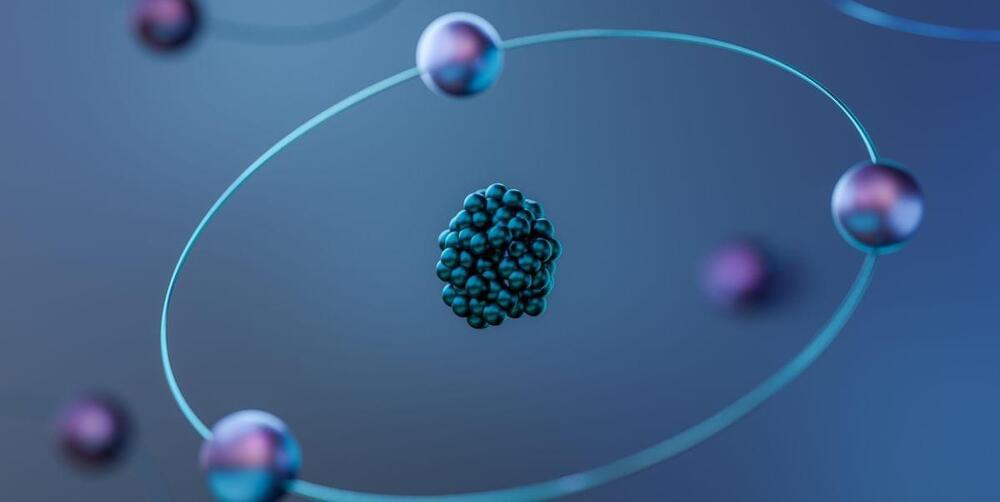

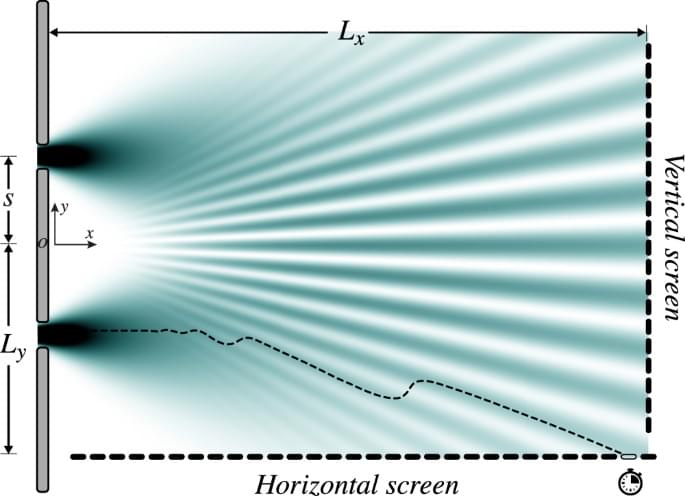
Despite the astonishing successes of quantum mechanics, due to some fundamental problems such as the measurement problem and quantum arrival time problem, the predictions of the theory are in some cases not quite clear and unique.
The measurement and quantum arrival time problems have originated various predictions for the join spatiotemporal distribution of particle detection events, derived from different formulations and interpretations of the quantum theory. By reworking the famous double-slit experiment, the authors propose a realizable setup to probe such predictions.
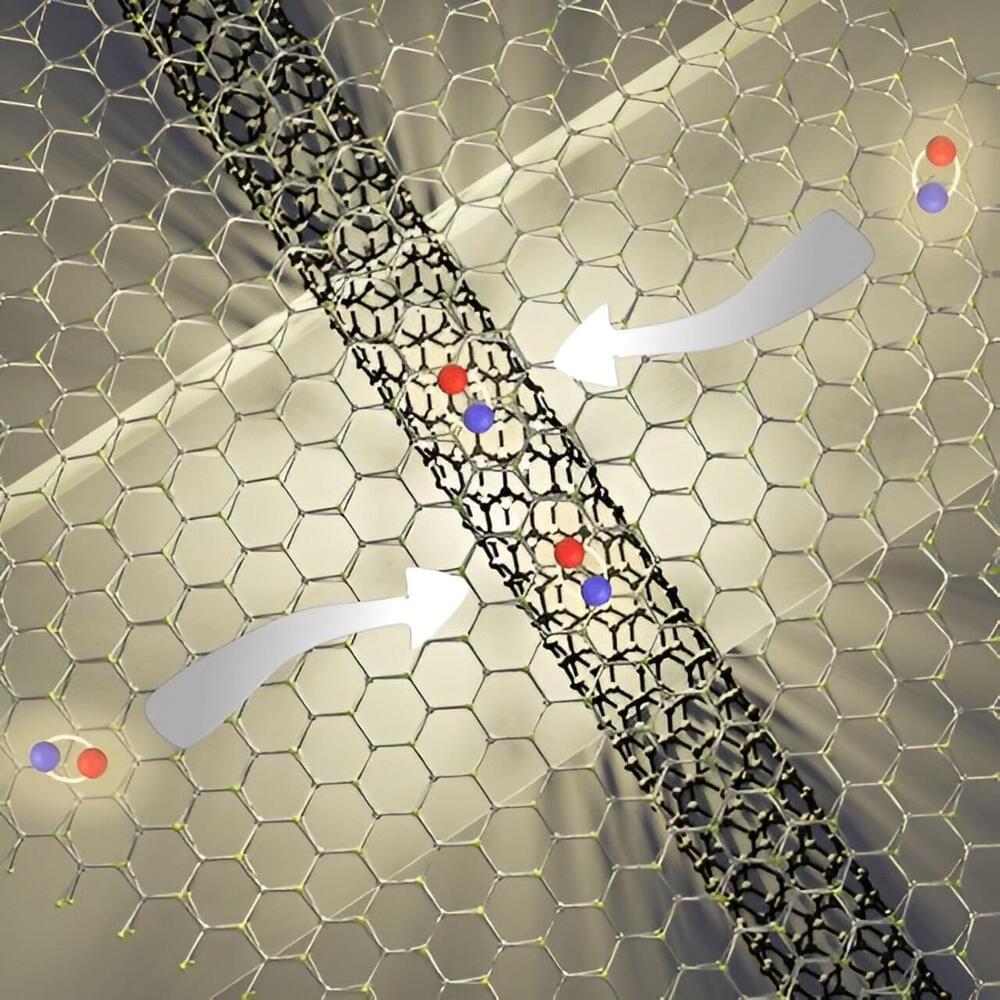
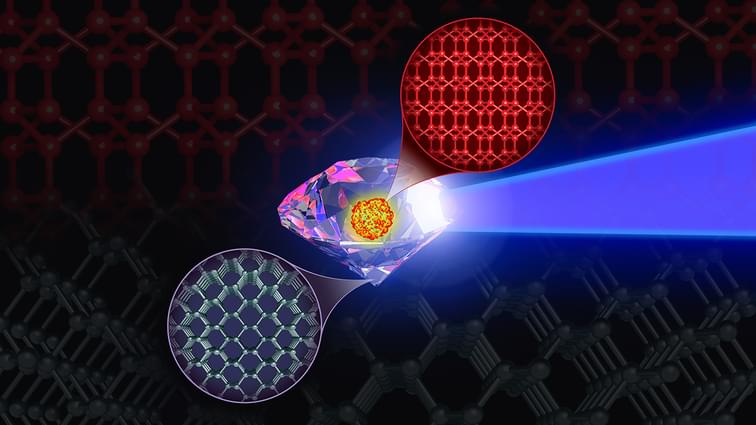
Diamond is the strongest material known. However, another form of carbon has been predicted to be even tougher than diamond. The challenge is how to create it on Earth.
The eight-atom body-centered cubic (BC8) crystal is a distinct carbon phase: not diamond, but very similar. BC8 is predicted to be a stronger material, exhibiting a 30% greater resistance to compression than diamond. It is believed to be found in the center of carbon-rich exoplanets. If BC8 could be recovered under ambient conditions, it could be classified as a super-diamond.
This crystalline high-pressure phase of carbon is theoretically predicted to be the most stable phase of carbon under pressures surpassing 10 million atmospheres.
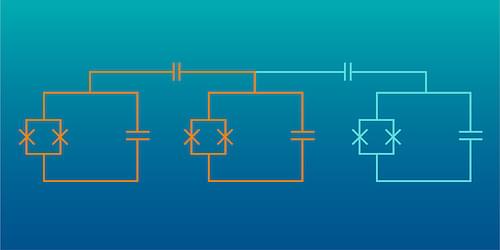
To operate reliably a quantum computer needs to correct the errors introduced into the system by noise in its hardware. Error-correction approaches typically use “logical” qubits, which are qubits made up of as many as a few thousand “physical” qubits. Logical qubits are much less error prone than physical qubits, but the hardware overhead complicates the realization of fault-tolerant quantum computers based on this approach. Now a team led by Harry Levine and Oskar Painter of the Amazon Web Services Center for Quantum Computing in California has demonstrated a new qubit design with built-in error-detection ability [1]. Painter says this qubit could serve as an alternative building block for error-correcting schemes, substantially reducing complexity.
The demonstrated qubit is an “erasure” qubit, one in which the most likely error type involves the loss, or erasure, of the qubit’s state [2]. This error is easier to spot and correct for than other qubit errors, such as those that flip the qubit’s state. Researchers have previously demonstrated erasure qubits made from single atoms. The new study makes the leap to transmons, the superconducting qubit used in the quantum processors developed by Google and IBM.
The erasure qubit of Levine, Painter, and colleagues contains three transmons. Two of the transmons are coupled together and store a qubit’s worth of information in a single, shared microwave photon. The third transmon reveals the loss of the photon—the erasure—through a shift in its operating frequency. The researchers show that in this qubit erasure errors are the dominant error type and can be detected in real time. The researchers now plan to use their new qubit to build logic gates and error-correcting circuits.
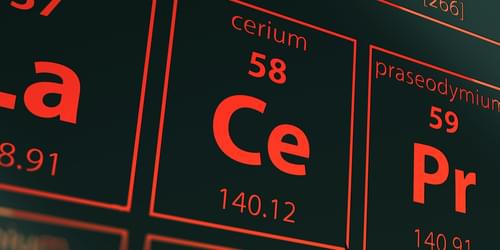
Astrophysicists have a cerium problem—models predict that certain stars should contain much less of this heavy element than astrophysical observations find. Recently performed experiments at CERN’s neutron time-of-flight (n_TOF) facility have widened the gap between theory and observations by 20% [1]. The researchers behind the work say that the results highlight the need for high-accuracy measurements of the nuclear properties of atoms, as well as for updated nucleosynthesis models of element formation. “Our experiment made the problem worse,” says Simone Amaducci of the INFN Laboratori Nationali del Sud, Italy. “That was unexpected, but it’s also interesting because it means there is something we don’t understand about how nucleosynthesis happens.”
Most of the Universe’s heavier elements form in stars via one of the so-called neutron-capture processes, in which an atomic nucleus absorbs one or more neutrons. In the slow neutron-capture process, or “s process,” the absorptions are spread out in time. As such, each absorption event results in either a stable nucleus with the same number of protons but one additional neutron or an unstable nucleus, which then radioactively decays to produce the nucleus of the next element in the periodic table—the one with one additional proton.
Using currently available models of the s process, researchers have correctly predicted the abundances of elements as heavy as barium (56 protons), lanthanum (57 protons), praseodymium (59 protons), and neodymium (60 protons) in stars that are known to be enriched via the s process. But the models appear to break down for cerium (58 protons), as the abundance predictions for this element in some low-mass, low-metallicity globular cluster stars have disagreed by up to 30% with observations. “This discrepancy is very strange, as the theory works for the neighboring elements,” says Sergio Cristallo, a team member who works on problems related to neutron capture at the National Institute of Astrophysics in Italy. “There is nothing in the models that should cause such a discrepancy just for one element.”
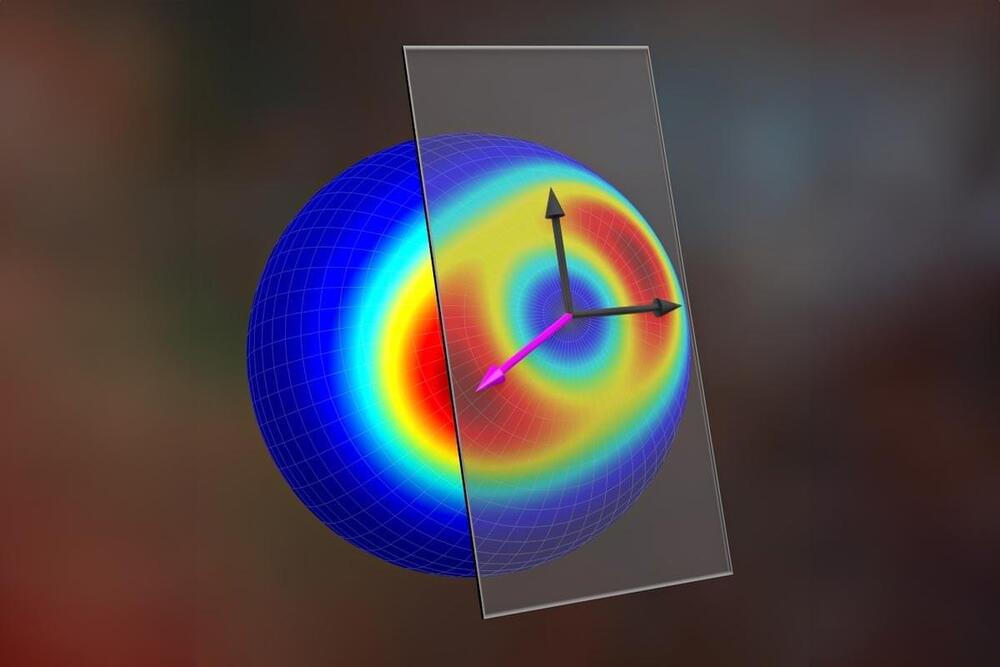
Researchers have revolutionized quantum sensing with an algorithm that simplifies the assessment of Quantum Fisher Information, thereby enhancing the precision and utility of quantum sensors in capturing minute phenomena.
Quantum sensors help physicists understand the world better by measuring time passage, gravity fluctuations, and other effects at the tiniest scales. For example, one quantum sensor, the LIGO gravitational wave detector, uses quantum entanglement (or the interdependence of quantum states between particles) within a laser beam to detect distance changes in gravitational waves up to one thousand times smaller than the width of a proton!
LIGO isn’t the only quantum sensor harnessing the power of quantum entanglement. This is because entangled particles are generally more sensitive to specific parameters, giving more accurate measurements.
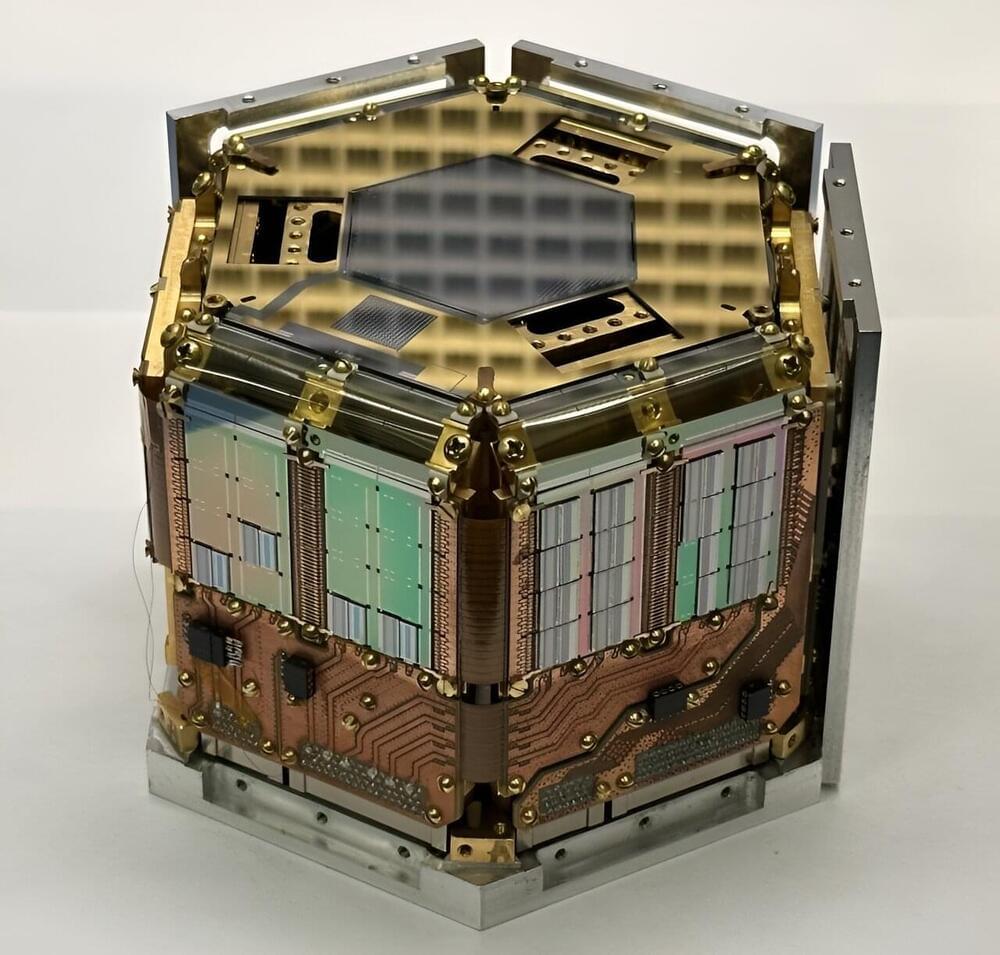
Everyone loves a two-for-one deal—even physicists looking to tackle unanswered questions about the cosmos. Now, scientists at the Department of Energy’s SLAC National Accelerator Laboratory are getting just such a twofer: Particle detectors originally developed to look for dark matter are now in a position to be included aboard the Line Emission Mapper (LEM), a space-based X-ray probe mission proposed for the 2030s.
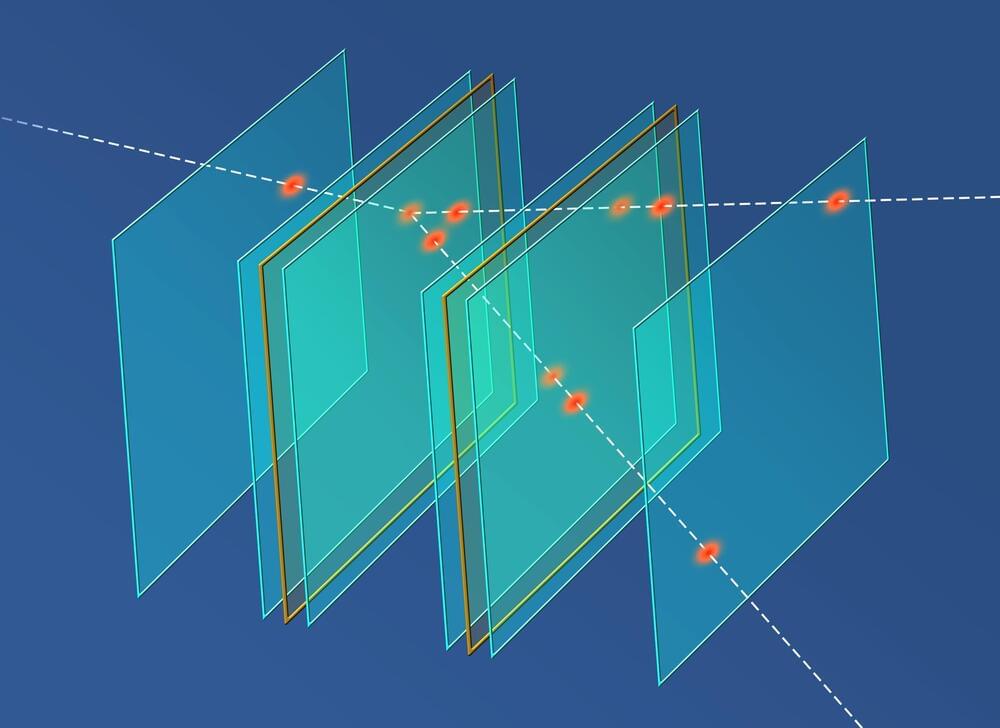
Particles colliding in accelerators produce numerous cascades of secondary particles. The electronics processing the signals avalanching in from the detectors then have a fraction of a second in which to assess whether an event is of sufficient interest to save it for later analysis. In the near future, this demanding task may be carried out using algorithms based on AI, the development of which involves scientists from the Institute of Nuclear Physics of the PAS.
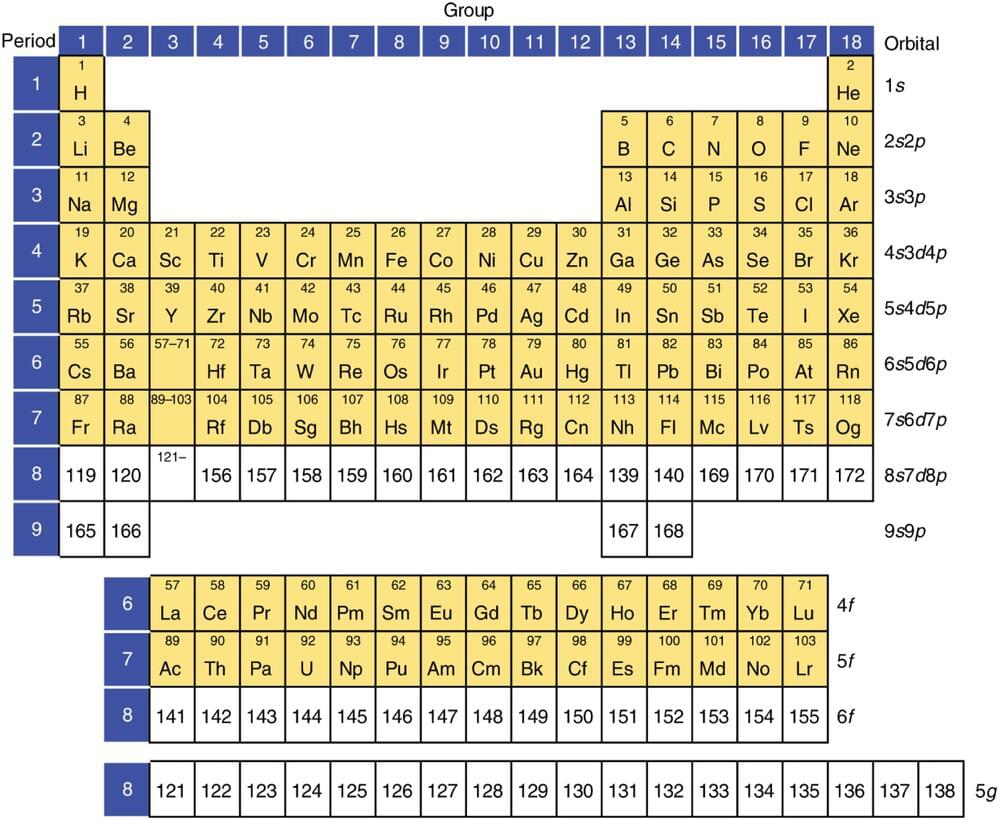
Scientists from Massey University in New Zealand, the University of Mainz in Germany, Sorbonne University in France, and the Facility for Rare Isotope Beams (FRIB) discuss the limit of the periodic table and revising the concept of the “island of stability” with recent advances in superheavy element research. Their work first appeared in Nature Reviews Physics.
In addition to the Nature Reviews Physics, Physics Reports has published a review on the atomic electronic structure theory for superheavy elements.
What is the heaviest bound nucleus and the heaviest bound atom and what are their properties? The nuclei of chemical elements with more than 103 protons are labeled as “superheavy.” They are part of a vast unknown territory of these nuclei that scientists are trying to uncover. Exploring this uncharted territory provides prospects for discoveries that connect the broad areas of science.